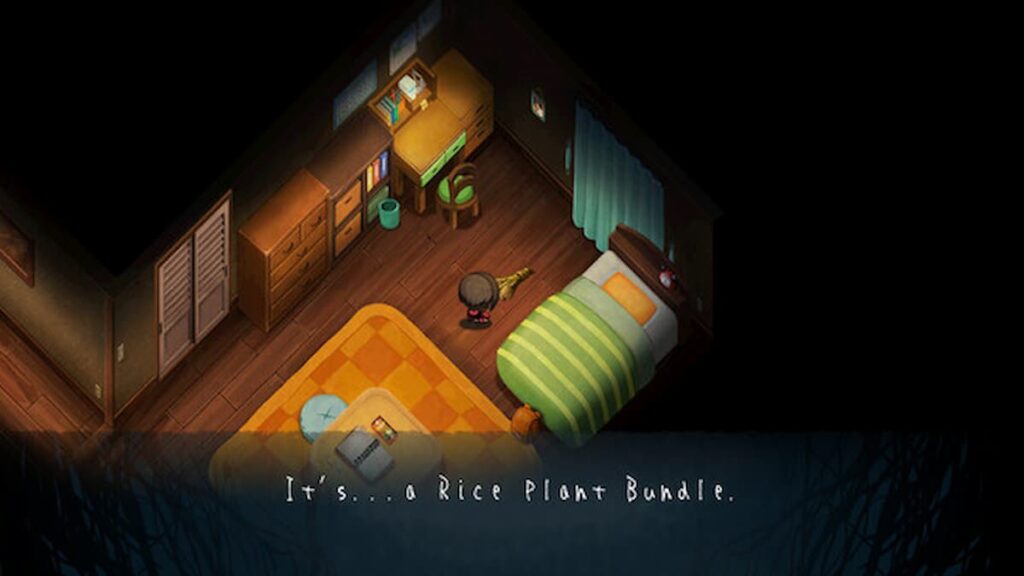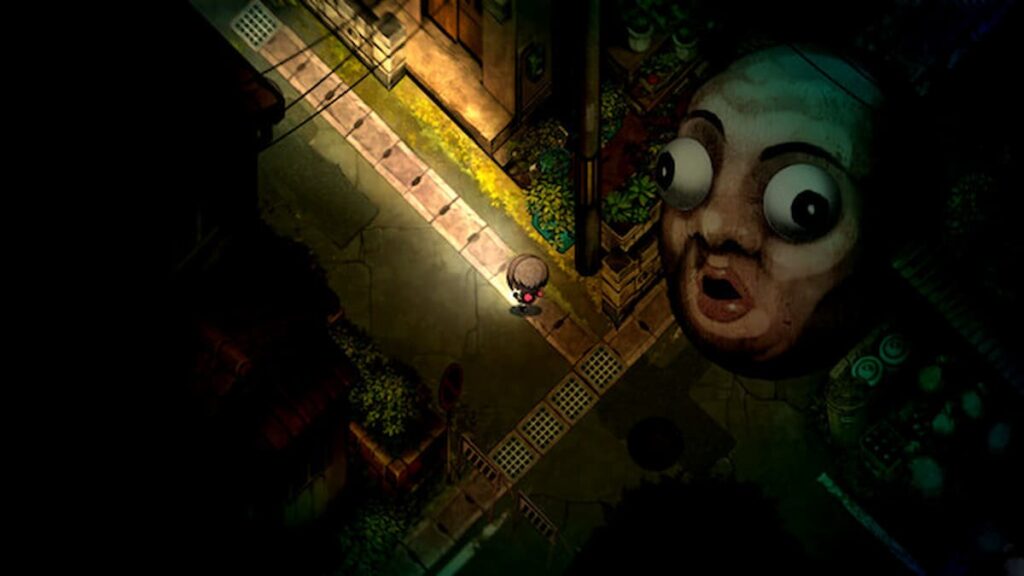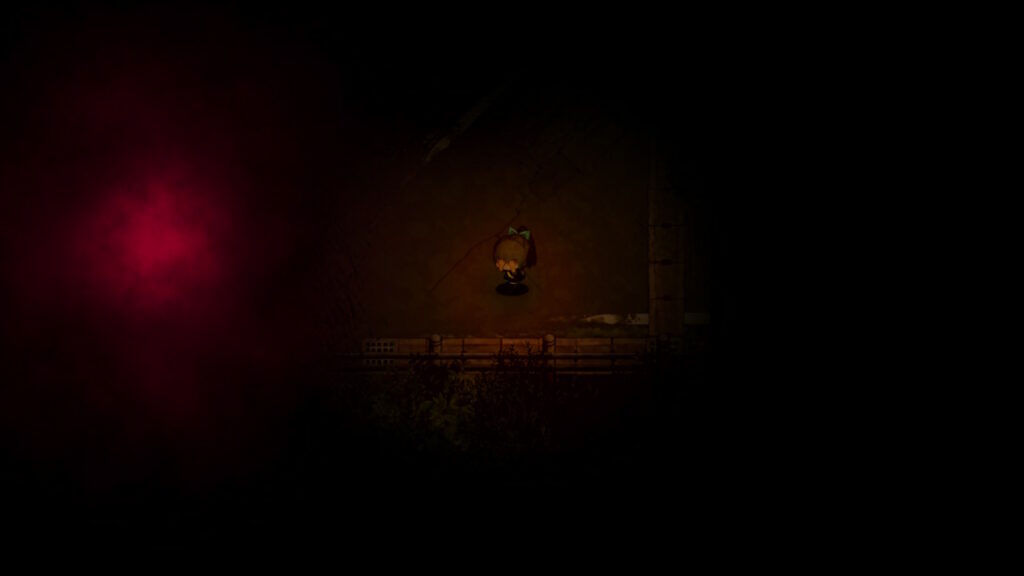Digging into the atmospheric tension of Yomawari: Lost in the Dark
The Yomawari series has a bit of magic to it. It tries to trick you with the cute imagery and polished art style while then making you confront some of the creepiest and most disturbing subject matter in gaming. The latest title in the series, Yomawari: Lost in the Dark, pushes that idea further, not even letting you get comfortable with the cute character design before plunging you into darkness.
If you’re looking for a suitably creepy game to play this spooky season, Yomawari: Lost in the Dark delivers some great tension and atmospheric terror without being an overtly difficult game.
The building tension of Yomawari: Lost in the Dark

The opening moments of Yomawari: Lost in the Dark are firmly grounded in reality, yet they are probably the most haunting of the game. Shortly after creating your character, you’re thrust into the life of a young girl facing a terrible bullying problem at school. In fact, everyone in her class seems to be either ignoring her or throwing things at her for no apparent reason at all.
One moment that stuck out to me was in these early moments, where the young girl you’re controlling is being forced to eat worms for her classmates’ amusement. The game appears to give you the option of refusing, but the “No” prompt is scratched out. It struck me as especially cruel, giving me the illusion of freedom before snatching it away, but it added to the hopelessness that the main character is experiencing. She is trapped in a cycle of bullying and abuse that she sees no escape from.
Soon, you leave the classroom and make your way to the school rooftop. The screen “cuts to black” and she awakens in a strange, wooded area with only vague memories of what has happened. We’re instructed by a girl who claims you have forgotten her that you have until 6am the following day to recover your memories and lift the curse before you can return to the real world.

The rest of the gameplay is travelling around the town, avoiding the strange monsters that litter it. For the next 12 or so hours, depending on how much you obsess over finding the extra trinkets that are scattered around, you’ll have to brave the dark and twisted world of Yomawari: Lost in the Dark.
We got asked during one of our recent Friday Letters about the use of sound and music in a game and this is one that absolutely should be mentioned in that category. Playing Yomawari: Lost in the Dark with headphones in is a totally different experience to playing it on the TV. I played through most of it on the Switch’s handheld mode while curled up in bed, which should be the way everyone experiences this game. The use of sound to signify the approaching monsters, letting you hear their heartbeat get closer with each step, is perfect.
Each monster in the game plays out like a puzzle. Some require you to close your character’s eyes, which restricts your vision and shows you the vague direction the monster is facing. Other creatures need you to sprint past them with expert timing while some can be pushed back by shining a light in their face. None of the puzzles are particularly complex, but the monster designs are suitably creepy to make you wish you never had to see them in the first place. The hallway full of writhing babies was certainly a special experience that kept me up that night.

Surprisingly, there is almost too much of a good thing going on in Yomawari: Lost in the Dark. The story initially hinges on finding the collection of lost memories. Once you find them all, you expect the game to come to a conclusion, but instead it keeps going for a few more hours. While the twist it brought about was fun, it becomes a bit repetitive and spoils the pacing of an otherwise brilliantly put together game.
The art style here is adorable, just like in the first two Yomawari games. The contrast between the stylised creatures and the darkness around them makes everything pop just that little bit more. There are a few jump scares in the game, but mostly it is focused on creating tension through atmosphere and it does a great job of that.
If you’re looking for a horror game to play, Yomawari: Lost in the Dark is a solid example of atmospheric storytelling and tackling daunting subjects without hammering the point home too much. It plays great on the Switch and benefits from the console’s portability. Playing with headphones in and in a dark room really adds to the tension. You can also grab it on Steam and PlayStation consoles.
Join The Discussion
Rice Digital Discord
Rice Digital Twitter
Rice Digital Facebook
Or write us a letter for the Rice Digital Friday Letters Page by clicking here!
Disclosure: Some links in this article may be affiliate links, which means we may earn a small commission if you make a purchase after clicking on them. This is at no additional cost to you and helps support Rice Digital!
- Six of the best Stands in JoJo’s Bizarre Adventure - June 2, 2023
- 4 of the best JRock tracks from May - June 1, 2023
- Hump Day Husbandos: Guts (Berserk) - May 31, 2023






